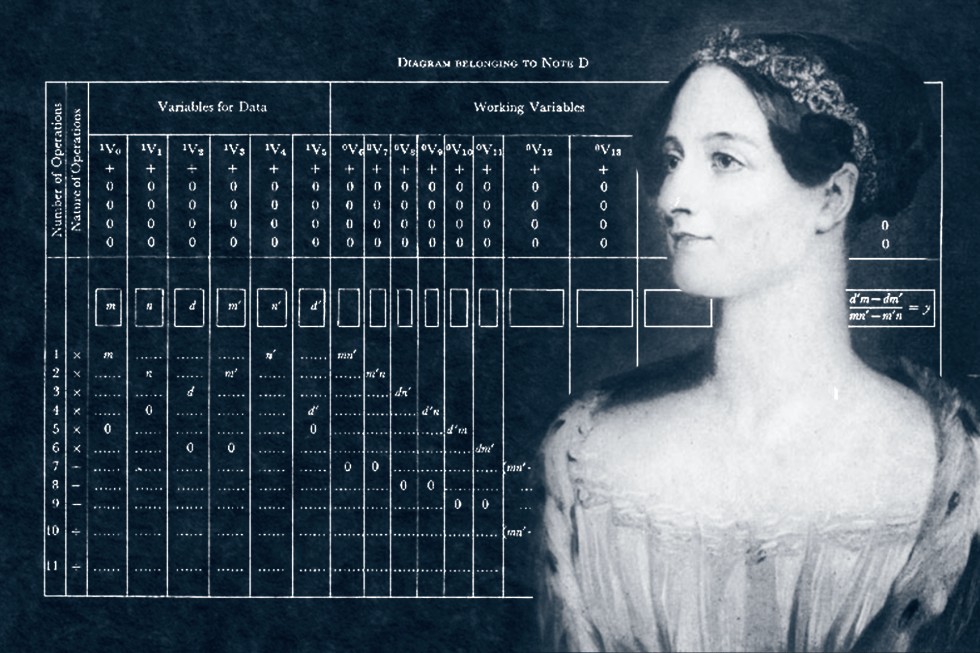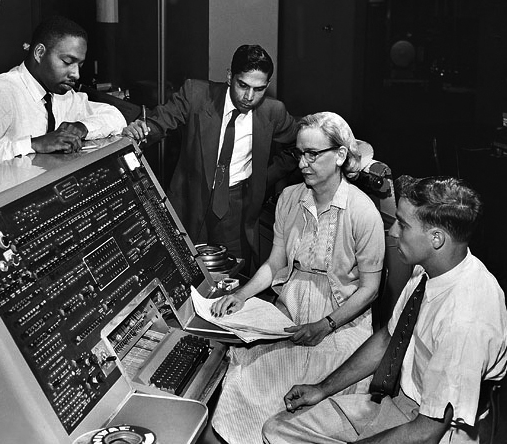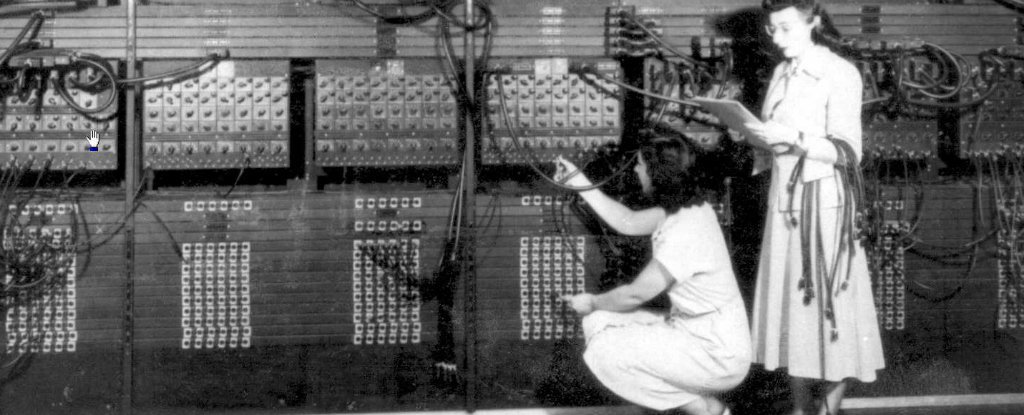Untold Stories: Women in Computer Science
If your image of a programmer is a man, there's a good reason: It's true. Recently, many big tech companies revealed how many female employees worked in programming and technical jobs, and it wasn't great. Google had some of the highest rates, with only 17 percent of its technical staff identifying as female.
It wasn't always this way! Decades ago, it was women who pioneered computer programming — but too often, that's a part of history that even the smartest people don't know.
Ada Lovelace
At the age of 17, she developed plans for a machine that she believed would be able to do complex mathematical calculations. When she published her ideas, Lovelace expressed a vision for his machine that, " can do anything that can be noted logically, like words, pictures and music, not just numbers." Although her "machine" was never built, Lovelace's notes were read by people building the first computer a century later.
Need to know more about her contributions to modern computing? Check out herWiki page

Grace Hopper
Grace Hopper was a coomputer scientist who graduated from Yale with A PhD. She was also an United States Navy Rear Admiral. She helped pionnered and became the first in Computer Science. Hopper created the first compiler and created the first-like data processing language called "FLOW-MATIC." In addition to all this, she also help create the first commercial computer developed in the United States.

Betty Holberton
Betty came into Computer Science during WWII. She was one of the first computer scientist. She also worked as a programmer. Betty had to learn programming when there were no books or even subjects on programming. She was one of the original programmers who helped create and develop "ENIAC," a machine that could run ballistics trajectory.



